Outer Banks Ocean Tide Charts
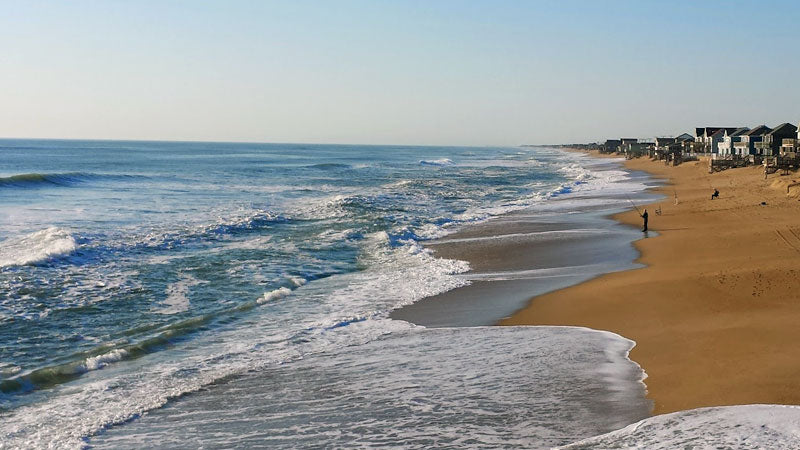
Below is the tide information for Jennette's Pier, located at milepost 16 in Nags Head, NC. Although this reading is for Nags Head, it closely matches the high and low tides for the entire 200 plus mile stretch of the Outer Banks.
Tide is a term that describes the regular rise and fall of the world's oceans. This movement is attributed to the gravitational interaction between the earth, the moon, and even the sun. Certain tides or periods between tides make fishing, surfing, and beachcombing more ideal.
When is the best tide for beachcombing?
Low tide is when you are most apt to find something unique that the Atlantic Ocean has washed ashore. Low tide is when the ocean is furthest out, and the beach is most exposed. However, regardless of the tide, sometimes finding seashells, shark teeth, and sand dollars is about being at the right place and time.
If you can patrol the beach during low tide just after a big storm, you will likely find something special lying on the shore to add to your collection. So be sure to get to the beach in the early morning before someone else seizes your treasure!
What is the best tide for bodyboarding and surfing?
Typically the best time to go surfing or bodyboarding is during a four-hour window from an hour after low tide to an hour before a high tide.
Now that window may seem short for any wave-riding enthusiast, but if you think about it, spending four consecutive hours paddling out, waiting for the right set, and catching and riding a wave, you're bound to be tired after four consecutive hours.
When is the best tide for fishing?
If you had to choose a particular time of day to go surf fishing or fishing from one of the piers along the Outer Banks, there is timing that is better than others.
We recommend going fishing between high tide and low tide and vice versa.
Once a tide is as high as it is going to get or as low as it is going to get, it becomes what is known as "slack," During this timeframe, fish are less likely to bite.
How often do the tides change during a given day?
There are usually two high tides and two low tides daily. High tide is spaced not precisely but close to 12 hours from the last one. Same with low tide.
If a high tide is at 11:00 a.m., the next low tide will be around 11:00 p.m. Since there are two low tides and two high tides daily, this is called a semi-diurnal regime.
You should also know that a "tidal range" is a term that refers to the height difference between high and low tides.
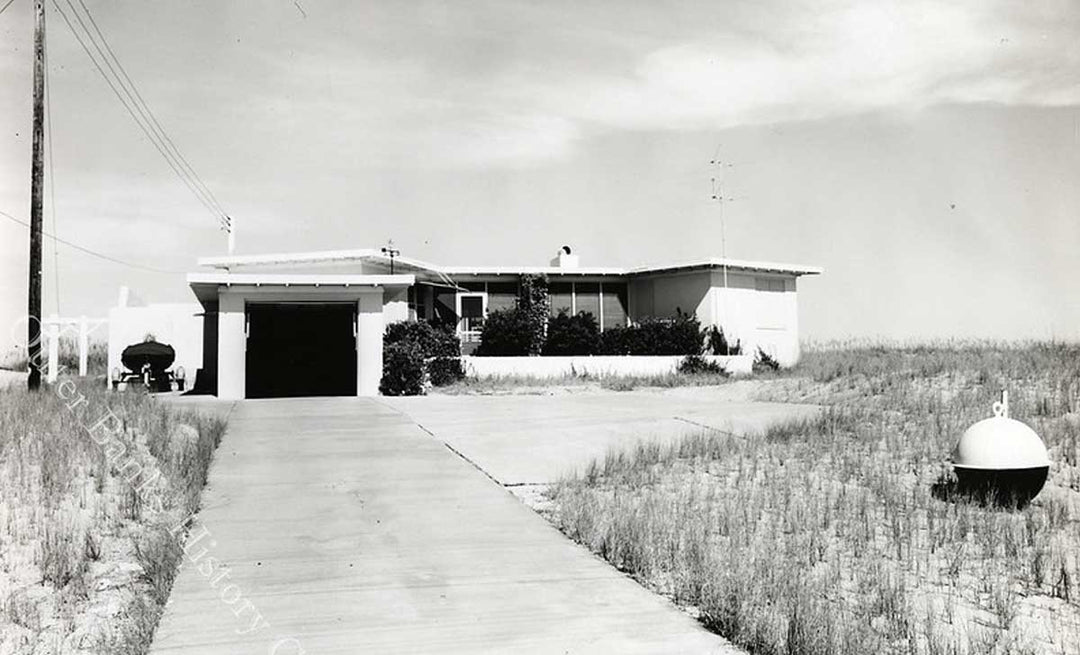
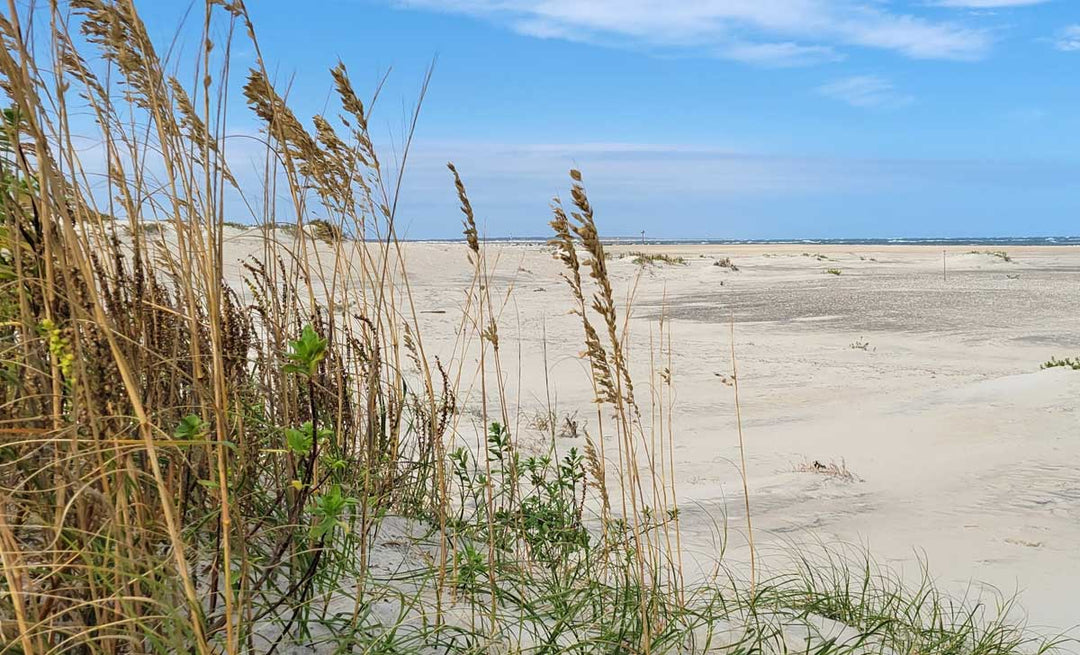
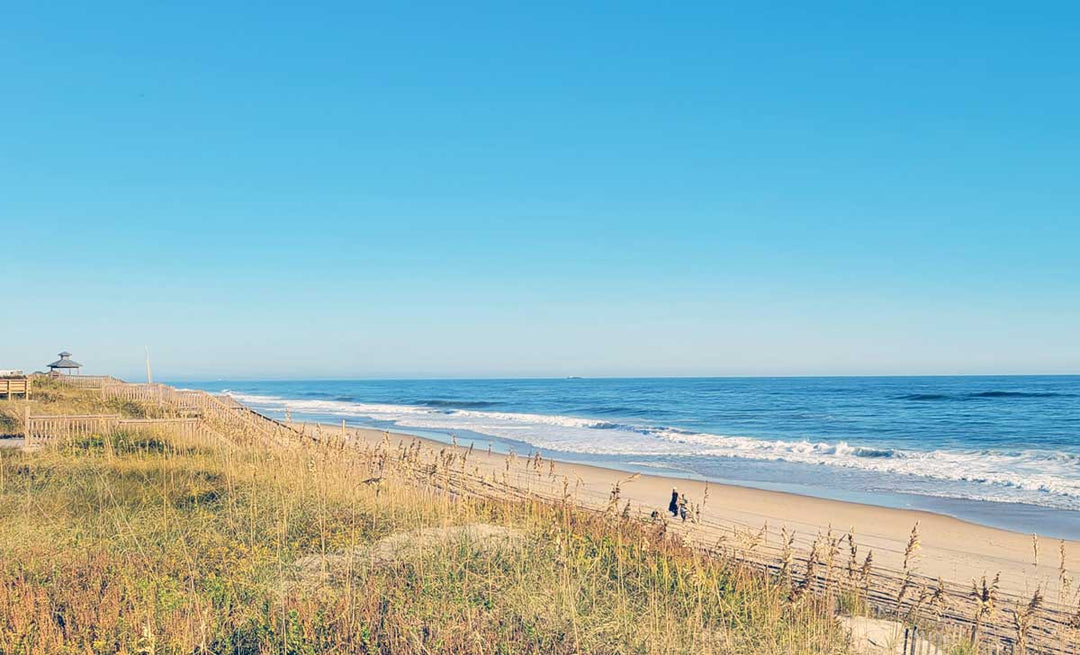
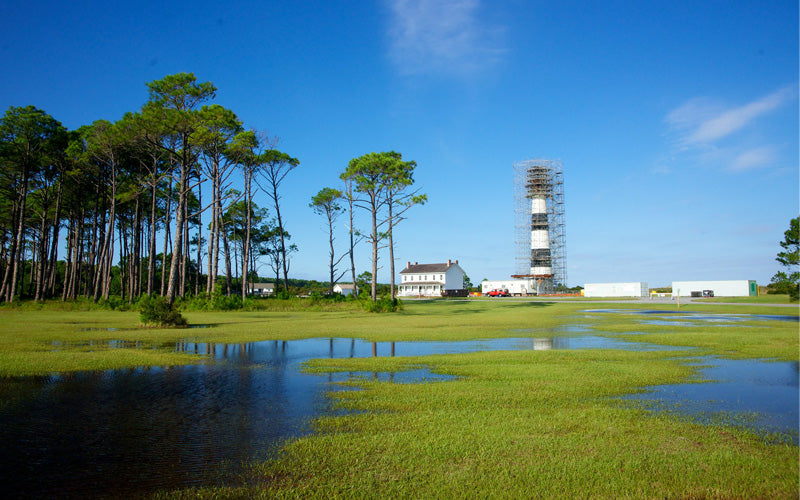
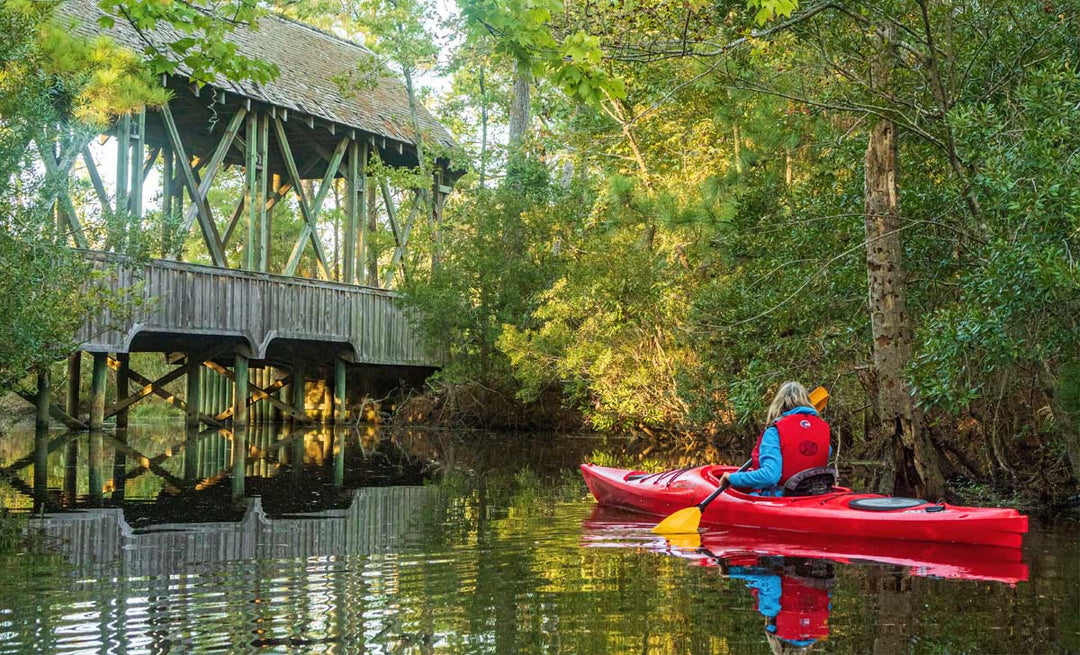
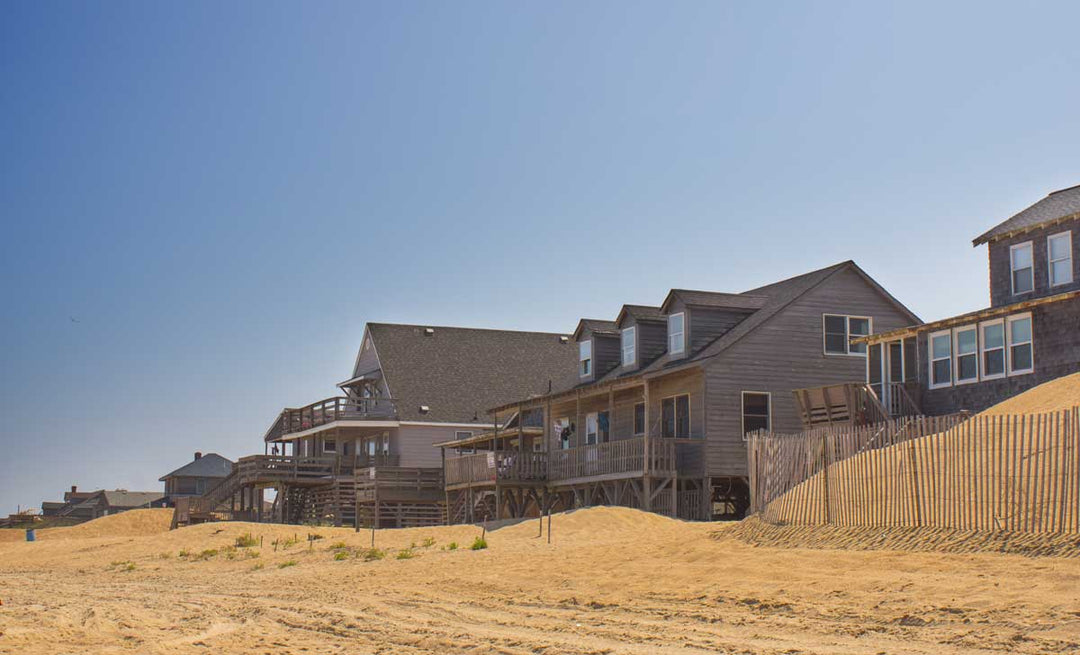
Leave a comment